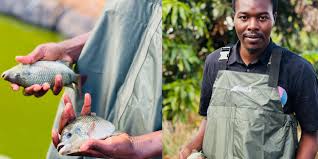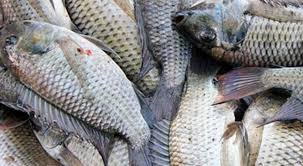Fish disease is an unhealthy fish body condition. It is a departure from the normal wholesome state of the fish. A condition of discomfort or sickness which can lead to reduction in the normal physiological activities and development of the fish.
It can lead to retarded growth, reduced or impair reproductive capability of fish and cause mortality. Disease outbreak can result in over 80% mortality in pond if not properly managed.
The environment plays a key role in the health status of fish under any culturing system. It is such that a high-density culture pond of Clarias when badly managed becoming conducive for disease pathogen to thrive causing colossal fish mortality.
Fish disease is more pronounced in temperate (cold) regions of the world as a result of sudden changes in temperature. Winter temperature range is between 00 and 100C, spring 50-100C and it ranges between 100 and 150C in autumn. However, temperature variation is minimal usually between 200 and 350C therefore experience minimal disease outbreak.
Fish diseases occur in nature (natural water bodies) and in culture systems (ponds, cages and pens). Occurrence of fish diseases is however higher in culture systems than in nature because of the following reasons:

• Large quantities of organic materials introduced into the system during supplementary feeding and fertiliser application.
• High concentration of fish ponds in series with direct water way connections between them.
• Stagnant nature of fish pond water especially when not under flow through system.
• Crowded population of fish especially under maximum stocking density.
• Disease outbreak may also occur as a result of bad or inefficient management practices.
The three most common diseases of cultured catfish are Trichodina infection of the gills, bacterial infection of the kidney and Gyrodactylus infection. Infections by Aeromonas spp., Flavobacterium spp., Flexibacter columnaris, Pseudomonas spp., and Edwardsiella tarda
have been identified with catfish species.
However, most of these diseases have been traced to the fry and fingerling stages of catfish when brought to the farm for stocking. It is therefore very important to purchase good quality fish seeds from reputable fish farms.
Accumulation of H2S in pond water is another cause of catfish mortality. Treatment of pond with formalin is recommended before stocking pond with fingerlings.
It is thus prescribed that fresh good quality water is pumped into the system to replace poor quality ones in order to improve the condition of the pond and ensuring adequate dissolved oxygen level of the pond always.
Read Also: Fingerlings Production and Hatchery Management
Read Also: Embracing the Circular Economy for a Thriving Future

